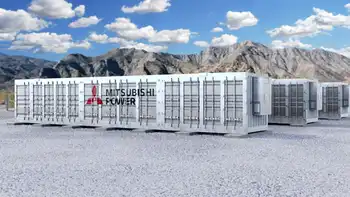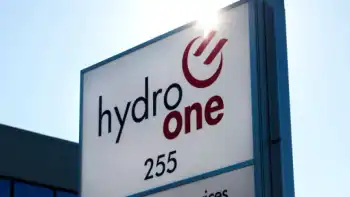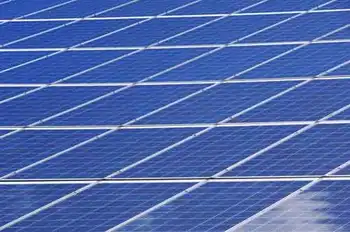Brazilian electricity workers call for 72-hour strike

Substation Relay Protection Training
Our customized live online or in‑person group training can be delivered to your staff at your location.

- Live Online
- 12 hours Instructor-led
- Group Training Available
Eletrobras Privatization Strike sparks a 72-hour CNE walkout by Brazil's electricity workers, opposing asset sell-offs and grid privatization while pledging essential services; unions target President Wilson Ferreira Jr. over energy-sector reforms.
Key Points
A 72-hour CNE walkout by Brazil's electricity workers opposing Eletrobras sell-offs, while keeping essential services.
✅ 72-hour strike led by CNE unions and federations
✅ Targets privatization plans and leadership at Eletrobras
✅ Essential services maintained to avoid consumer impact
Brazil's national electricity workers' collective (CNE) has called for a 72-hour strike to protest the privatization of state-run electric company Eletrobras and its subsidiaries.
The CNE, which gathers the electricity workers' confederation, federations, unions and associations, said the strike is to begin at Monday midnight (0300 GMT) and last through midnight Wednesday, even as some utilities elsewhere have considered asking staff to live on site to maintain operations.
Workers are demanding the ouster of Eletrobras President Wilson Ferreira Jr., who they say is the leading promoter of the privatization move.
Some 24,000 workers are expected to take part in the strike. However, the CNE said it will not affect consumers by ensuring essential services, a pledge echoed by utilities managing costs elsewhere such as Manitoba Hydro's unpaid days off during the pandemic.
#google#
Eletrobras accounts for 32 percent of Brazil's installed energy generation capacity, mainly via hydroelectric plants. Besides, it also operates nuclear and thermonuclear plants, and solar and wind farms, reflecting trends captured by young Canadians' interest in electricity jobs in recent years.
The company distributes electricity in six northern and northeastern states, and handles 47 percent of the nation's electricity transmission lines, even as a U.S. grid pandemic warning has highlighted reliability risks.
The government owns a 63-percent stake in the company, a reminder that public policy shapes the sector, similar to Canada's future-of-work investment initiatives announced recently.











